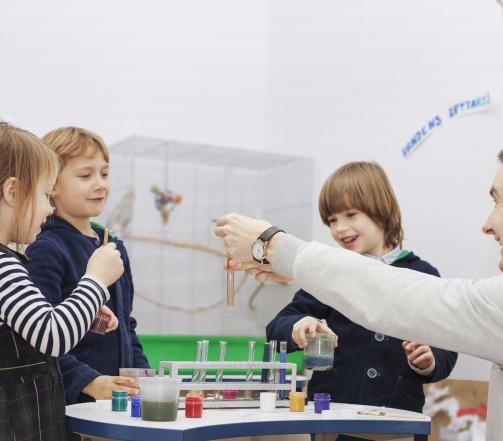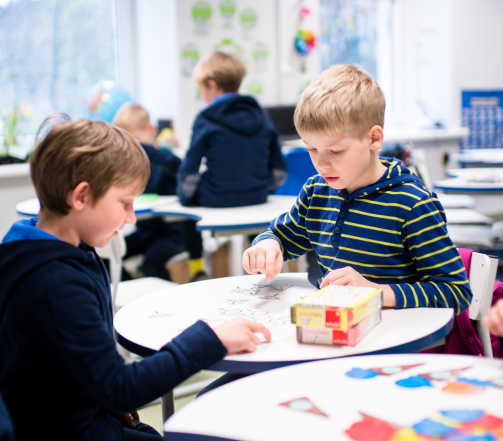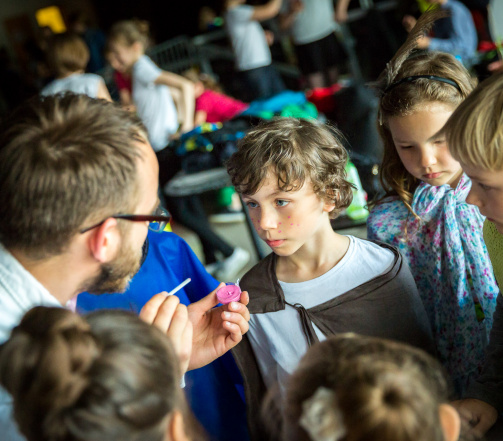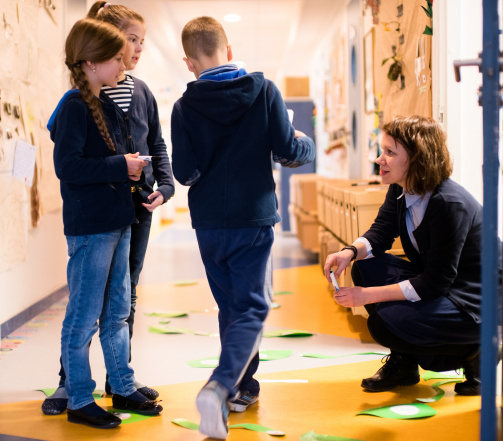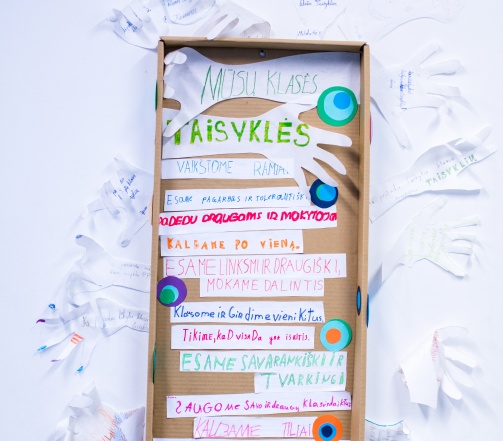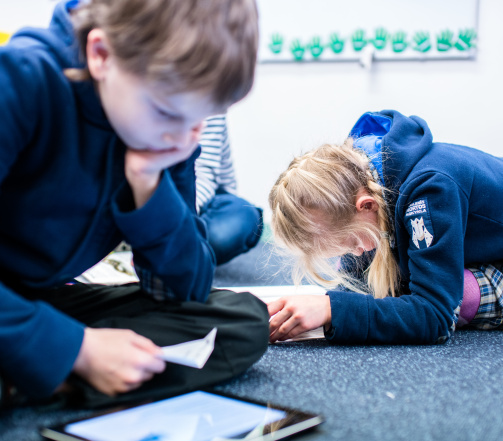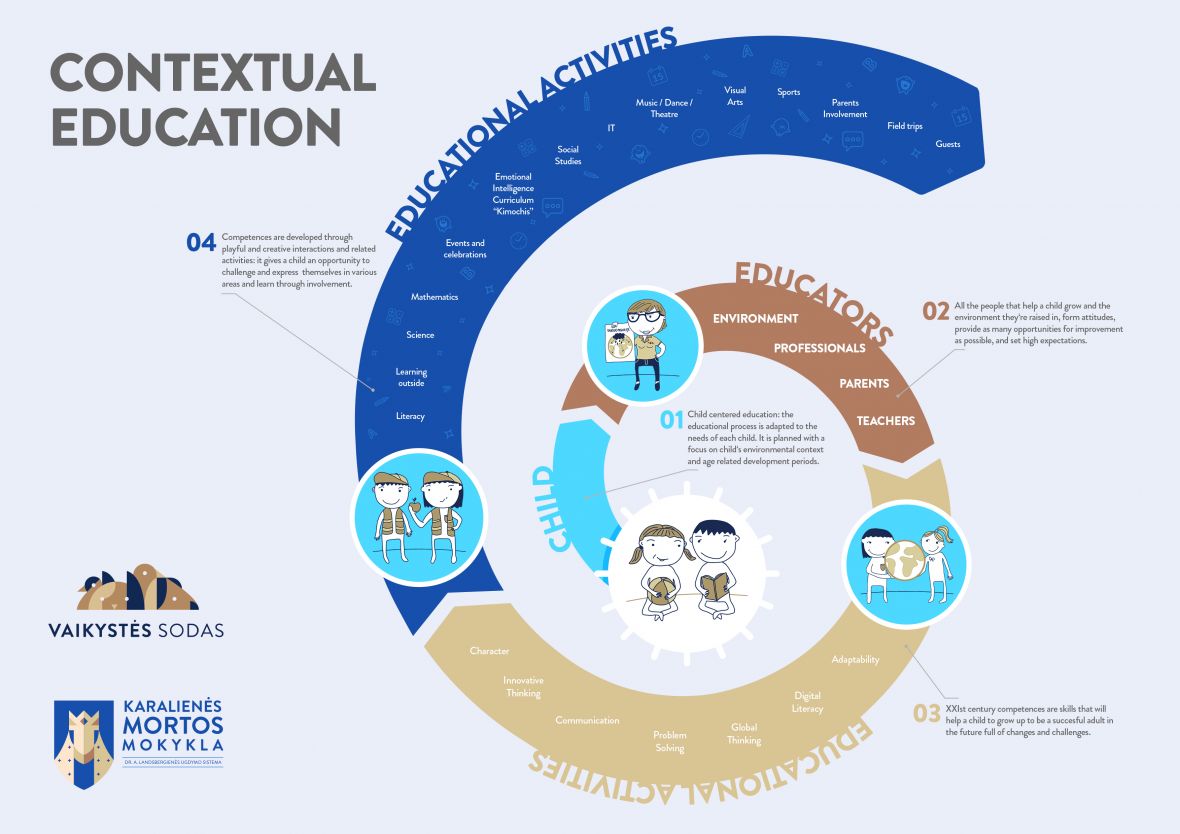What is it?
Contextual education is not a novelty. We constantly hear about the reforms of the education system and the necessity of reforms both in Lithuania and abroad.
However, in the 21st century, we need no more reforms. We need a transformation of the educational system. Since we do not know what we are preparing children for, we only know that the world is undergoing a constant change, thus we can only guess what the world will be like in 12-15 years. It is not surprising that the education system resists the changes, because change is always intimidating. In addition, when you do something new, something unusual, old evaluation methods and an outdated exam system (which was suitable 20 years ago) do not produce good results. So what do we expect? After all, we should pursue completely different results, and the assessment – not just the process – should change in essence and evolve along with the changing world.
What are the needs of the 21st century?
The world has changed. Students have changed. The time has come for both classes and the ongoing process to change. Daniel Pink argues that the era of domination of the left cerebral hemisphere in schools has come to an end – the time has come to give way to ingenuity, empathy, meaningfulness – the era of domination of the right cerebral hemisphere begins in schools. Sir Ken Robinson talks about the necessity of development of creativity in schools. I say that the time to transform the school instead of reform it has come.
Transformation becomes possible when the wind of changes starts blowing in classes. One of the ways is a new education system. I propose an alternative – a contextual education system that follows the principles of contextual education. The principles of contextual education include philosophy, process, methods and the system uniting all this. These principles are suitable not only for Lithuania – taking into account the context of the environment, the educator can plan activities that meet the context anywhere in the world.
A document published by Robert Witt and Jean Orvis (2010), which is based on the insights of the Committee on Future Schools established for this purpose, is the most acceptable to me. The document states that in the 21st century successful people will be those who will be able to do the following and who will be characterized by these features:
- Analytical thinking, creative thinking, ability to solve problems;
- Integrated (complex) communication in oral and written form;
- Leadership and teamwork;
- Digital literacy;
- Global perspective;
- Adaptability, initiative, ability to risk;
- Integrity and ethical decision-making.
